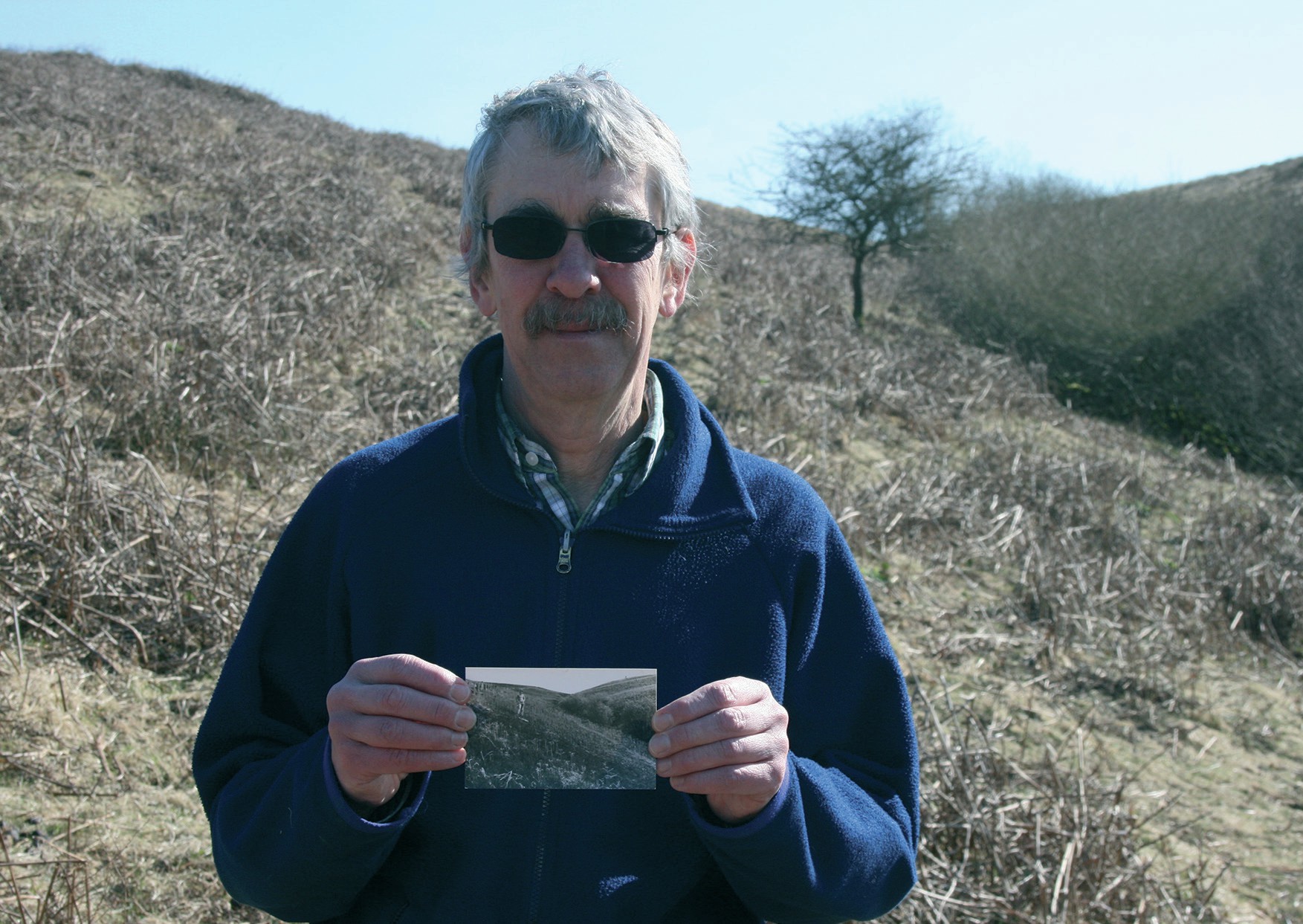
I first went to the East Twin Brook on Mendip in 1974. I was looking for a field site to undertake my PhD fieldwork. In the end I opted for steeper, longer slopes on the Quantock Hills but East Twin Brook remains an iconic location, the place where a Bristol PhD student called Darrell Weyman did pioneering research on subsurface stormflow (or ‘throughflow’ — see Snapshot in GEOGRAPHY REVIEW Vol. 27, No. 2). I was back there recently. Not much has changed: the bracken has re-grown after a fire and the trees are taller. Meanwhile, I have been lucky enough to spend a career teaching and researching in physical geography. And who would have thought all those years ago that I would spend nearly 30 years editing an A-level geography magazine. This is my last of 128 issues so please permit some nostalgia.
Of all the changes since the 1970s, the electronic revolution must be by far the most significant. Of course, this pervades every aspect of life today, from iPhones to satnav. Geographers are more fortunate than most because we have the most to gain — Google maps, cheap and easy photography in the field, simple spreadsheets to help with data analysis. I am typing on my laptop having just finished analysing some daily temperature data from Oxford in Excel — the readings were from the 1820s but the sums are definitely twenty-first century.
Your organisation does not have access to this article.
Sign up today to give your students the edge they need to achieve their best grades with subject expertise
Subscribe
